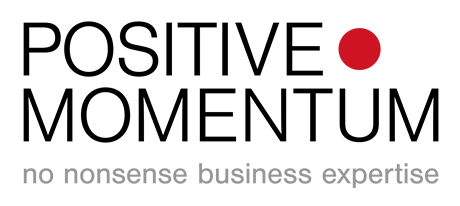New year, new targets and new objectives. It’s that time of year, when sales teams will receive their goal sheet / comp plan / annual target – although there are plenty out there who won’t see a target for many months to come – next article, how to become a sales driven organisation!
Agile is no longer only a software methodology, lately, we have seen that Agile has become a mainstream approach in all walks of life – Brigadier Phil Prosser talks of the need to have an agile plan when supporting the government rollout of the COVID-19 vaccine to the UK. So, with everything becoming agile, how do sales teams become more Agile?
Consider the following:
Run each opportunity as scrum
If we expect our sales teams to sell Agile solutions, they need to ‘drink their own champagne’. By organising into Scrum Teams for a sales pursuit (and not just the formal bid), we not only improve our credibility with clients, but by including a wider team in the sales process – delivery, commercial, legal, executive sponsor etc, the probability of running a successful pursuit is significantly increased. By increasing the communications between all the internal and external stakeholders, intelligence is gathered, shared and proactive changes to the deal strategy can be made to keep ahead of the competition. Compare this to the traditional sales approach of having a black box of individual processes of which only the outcome is shared – e.g. number of deals closed and average deal size. Early involvement of all internal stakeholders breeds collaboration and success, early interventions can be made and confidence in revenue forecasts increased.
Stand ups and Retrospectives
Most salespeople will moan about the sales prevention and bid processes and will resist any demands for more internal processes. Successful sales teams, however, will use stand ups and retrospectives throughout a pursuit, as a way of informing stakeholders, removing obstacles early and successfully getting the resources and budget they need to win the deal. Although this may happen as part of the bid process, by this time it is too late – the bid is the conclusion of the sales process, not the start. By changing the Agile mantra – “fail fast, fail often” to “succeed fast and succeed often” and sharing this in the stand ups and retrospectives, the extended sales team quickly learns to work smarter together and breed pride and professionalism in sales.
The most common reviews in sales are loss reviews. Typically, these focus on who to blame, rather than an opportunity to learn. Either way, it’s too late to do anything about it when the deal is lost. Rather than a post-mortem – why not conduct a pre-mortem as part of the sales planning process? There is a natural tendency to plan for best-case scenarios. Encourage people to identify issues with the pursuit strategy early, rather than hoping they’ll go away – hope is not a strategy! Having identified potential pit falls, develop a proactive plan to address and overcome them.
Continually Measure Activity
The Agile manifest place a lot of emphasis on the early identification of issues and changing direction. If our only measure is pipeline or bookings – both of which are lag indicators, it is too late. Successful Agile sales teams measure inputs, activity and productivity. True sales leaders act as coaches to their teams, providing feedback and learning at each stage of the sales process. If sales teams and leaders only focus on daily routine and do not see the need to frequently reflect and improve at each stage in the sales cycle, how will they improve?
For each sales pursuit, consider each move required to progress an opportunity and track these in the regular scrum meetings – using kambam, backlog etc. Include a scrum board with burn-up for order intake (over-target sales should not be expressed in negative numbers).








